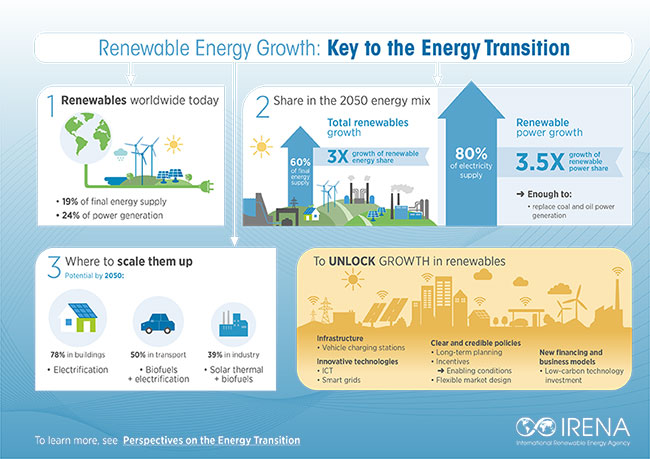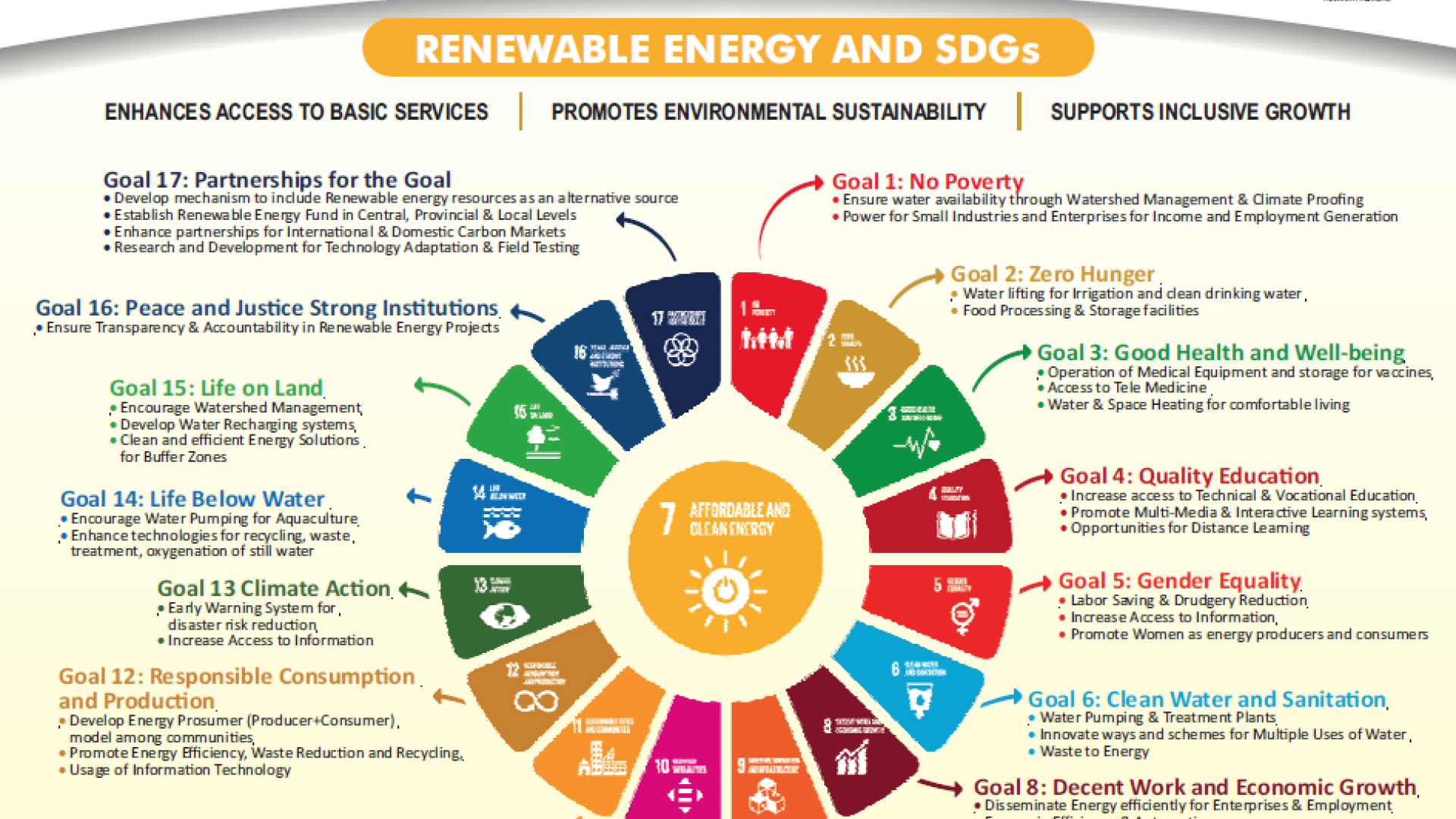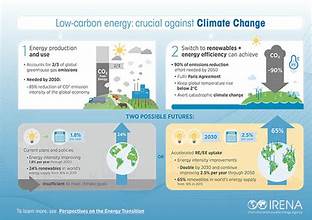As global warming accelerates, the urgency to implement effective strategies to mitigate its impact has never been greater. Renewable energy has emerged as a crucial component in this battle. This article explores the pivotal role of renewable energy in combating global warming and outlines key strategies for 2024.
1. Understanding the Connection Between Global Warming and Energy Production
Global warming is driven by an increase in greenhouse gases, primarily carbon dioxide (CO2), which are released from the burning of fossil fuels. These emissions trap heat in the atmosphere, leading to rising global temperatures. The energy sector, which relies heavily on fossil fuels, is a significant contributor to these emissions.
Renewable energy sources, such as solar, wind, hydro, and geothermal, offer a cleaner alternative by producing energy without emitting CO2. Transitioning to these sources is essential for reducing our carbon footprint and slowing the pace of global warming.
2. Key Strategies for Advancing Renewable Energy in 2024
a. Expanding Renewable Energy Capacity
To effectively combat global warming, expanding the capacity of renewable energy sources is imperative. Governments and businesses should invest in new renewable energy projects and technologies. Key areas of focus include:
- Solar Power: Increasing the deployment of solar panels in both residential and commercial settings. Innovations in solar technology, such as more efficient photovoltaic cells, can enhance energy capture and reduce costs.
- Wind Power: Developing onshore and offshore wind farms to harness wind energy. Advances in turbine technology and larger installations can lead to significant energy output.
- Hydropower: Enhancing existing hydropower facilities and exploring small-scale, run-of-river hydro projects that minimize environmental impact.
- Geothermal Energy: Expanding geothermal power plants and exploring new geothermal resources, particularly in regions with significant geothermal potential.
b. Improving Energy Storage and Grid Integration
Effective energy storage solutions are crucial for maximizing the benefits of renewable energy. Energy storage systems, such as batteries, can store excess energy generated during peak production times and release it during periods of low production. This helps to stabilize the grid and ensure a reliable energy supply.
Investing in grid infrastructure improvements is also vital. Modernizing the grid to accommodate the variable nature of renewable energy sources and integrating advanced grid management technologies can enhance the efficiency and reliability of renewable energy systems.
c. Encouraging Policy and Regulatory Support
Supportive policies and regulations play a key role in accelerating the adoption of renewable energy. Governments should:
- Implement Incentives: Provide financial incentives, such as tax credits and subsidies, to individuals and businesses that invest in renewable energy systems.
- Set Ambitious Targets: Establish clear and ambitious renewable energy targets and deadlines to drive investment and development in the sector.
- Promote Research and Development: Fund research and development initiatives to advance renewable energy technologies and lower their costs.
d. Raising Public Awareness and Engagement
Public awareness and engagement are crucial for driving the transition to renewable energy. Educating the public about the benefits of renewable energy and how they can contribute to the effort can foster a supportive environment for change. Campaigns, workshops, and community events can help raise awareness and encourage individual actions, such as installing solar panels or supporting green energy programs.
3. The Economic Benefits of Renewable Energy
Investing in renewable energy not only helps combat global warming but also offers significant economic benefits. The renewable energy sector creates jobs, stimulates technological innovation, and can lead to lower energy costs in the long term. By shifting towards renewable energy, countries can reduce their dependence on imported fossil fuels and enhance their energy security.
4. Challenges and Solutions
While the benefits of renewable energy are clear, there are challenges to overcome:
- Initial Costs: The initial investment for renewable energy systems can be high. However, decreasing costs of technology and available financing options can help address this challenge.
- Intermittency: Renewable energy sources like solar and wind are variable. Solutions such as improved energy storage and diversified energy portfolios can mitigate this issue.
- Infrastructure: Upgrading infrastructure to support renewable energy requires significant investment. Collaborative efforts between governments, businesses, and communities are essential for overcoming these barriers.
5. Conclusion
Renewable energy is a cornerstone in the fight against global warming. By expanding renewable energy capacity, improving storage and grid integration, supporting policy initiatives, and raising public awareness, we can make significant strides towards a more sustainable future. As we move through 2024, embracing these strategies will be crucial in mitigating the effects of global warming and ensuring a cleaner, more resilient energy system for generations to come.


